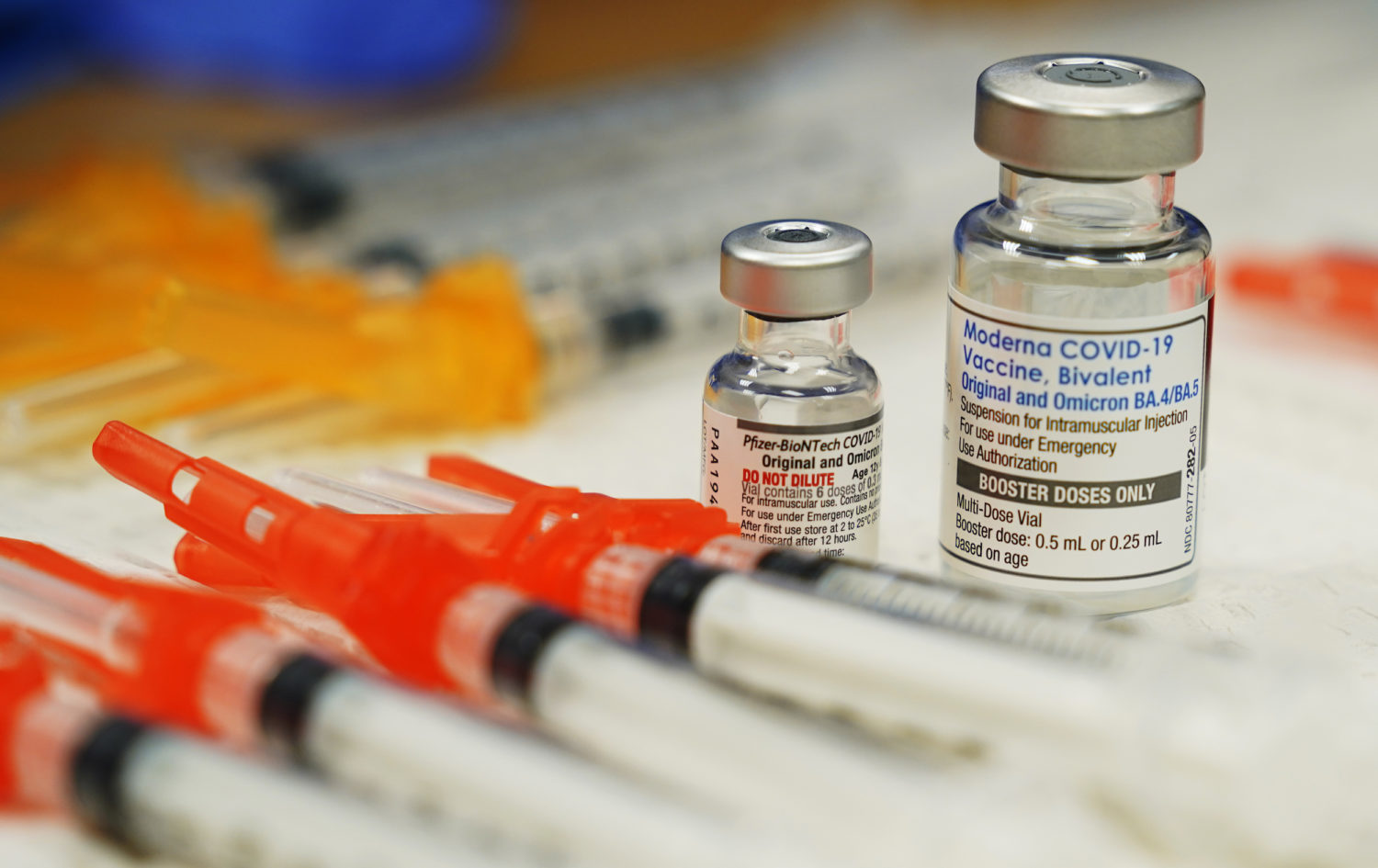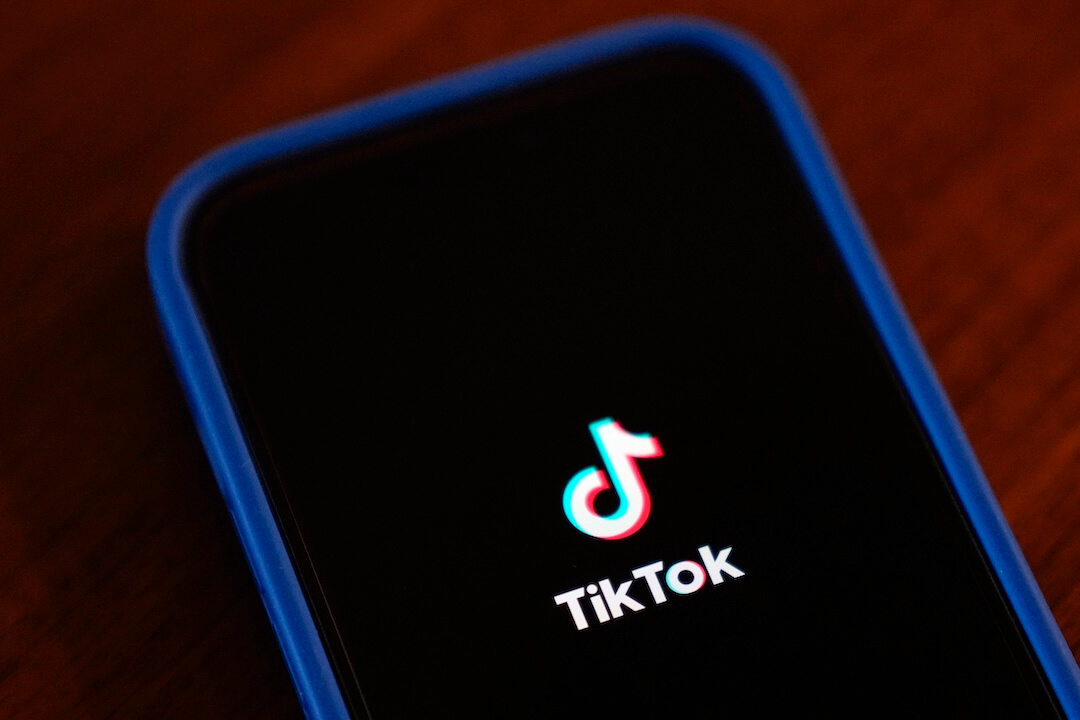
The Morning Meeting with Al Tompkins is a daily Poynter briefing of story ideas worth considering and other timely context for journalists, written by senior faculty Al Tompkins. Sign up here to have it delivered to your inbox every weekday morning.
The Vaccine Safety Datalink, a network of monitoring systems that looks at patient records to stay alert to adverse reactions to vaccines, recently raised an alert that the bivalent COVID-19 vaccine made by Pfizer and BioNTech might perhaps increase the risk of strokes among seniors. But the Centers for Disease Control and Prevention and the Food and Drug Administration say — after comparing the alert to data from many other monitoring systems — the risk of stroke from the vaccines is “very unlikely,” which for the CDC is strong language.
This is where I should cut to the chase and say, the CDC and the FDA say no change is recommended in COVID-19 vaccination practice, which can be found here.
The concern arose because the CDC’s Vaccine Safety Datalink, which the CDC calls “a near real-time surveillance system,” spotted a blip of data that seemed to say that people aged 65 and older who received the Pfizer-BioNTech bivalent vaccine had a great risk of suffering an ischemic stroke 21 days after vaccination.
Seeing the one data signal that raised concern, the CDC looked at other massive patient databases and found no reason to believe the vaccines are linked to stroke. For example, the CDC reports:
- A large study of updated (bivalent) vaccines (from Pfizer-BioNTech and Moderna) using the Centers for Medicare and Medicaid Services database revealed no increased risk of ischemic stroke
- A preliminary study using the Veterans Affairs database did not indicate an increased risk of ischemic stroke following an updated (bivalent) vaccine
- The Vaccine Adverse Event Reporting System (VAERS) managed by CDC and FDA has not seen an increase in reporting of ischemic strokes following the updated (bivalent) vaccine
- Pfizer-BioNTech’s global safety database has not indicated a signal for ischemic stroke with the updated (bivalent) vaccine
- Other countries have not observed an increased risk for ischemic stroke with updated (bivalent) vaccines
The CDC says:
Although the totality of the data currently suggests that it is very unlikely that the signal in VSD represents a true clinical risk, we believe it is important to share this information with the public, as we have in the past, when one of our safety monitoring systems detects a signal. CDC and FDA will continue to evaluate additional data from these and other vaccine safety systems. These data and additional analyses will be discussed at the upcoming January 26 meeting of the FDA’s Vaccines and Related Biological Products Advisory Committee.
The CDC and FDA emphatically say that people should get vaccinated and stay up to date with their booster shots. At the moment, 39% of seniors are fully vaccinated and boosted, and only one in five Americans over age 5 is fully vaccinated.
The newest CDC data says:
- Data have shown an updated COVID-19 vaccine reduces the risk of hospitalization from COVID-19 by nearly 3-fold compared to those who were previously vaccinated but have not yet received the updated vaccine.
- Data have shown that the updated COVID-19 vaccine also reduces the risk of death from COVID-19 by nearly 19-fold compared to those who are unvaccinated.
- Other preliminary data from outside the U.S. have demonstrated more than 80% protection against severe disease and death from the bivalent vaccine compared to those who have not received the bivalent vaccine.
The shortage of children’s flu medication has ended
Now that flu cases are dropping in the U.S., drugstore chains including Walgreens are no longer limiting purchases of children’s pain and fever-reducing medicines.
The latest flu map shows only a couple of states with “very high” flu outbreaks.
COVID-19 cases in the U.S. have remained about steady since November at a rate of around a quarter of a million new cases reported per week. That, of course, is an underestimate, since many people test at home or do not test at all.
Why a dozen eggs costs more than a gallon of gasoline
There could be reason to hope that egg prices will drop now that the holidays have come and gone and fewer people are baking. The avian flu thinned chicken flocks by killing nearly 40 million hens in the last two years so, of course, egg production dropped.
A friend of mine said she recently spotted $8 per dozen eggs at a New Jersey grocery store. Recent Consumer Price Index data shows the wholesale cost of a dozen eggs is about $3.30 now in the U.S. and more than $7 in some states. Wholesale prices are lower than the retail prices that you pay.
Here is the latest Consumer Price Index data table.
Bakeries, restaurants and hotels are really feeling the crunch of the rising prices.
Inside the NFL safety protocols
CNN’s Dr. Sanjay Gupta got inside access to an NFL game to document the extensive preparation that football teams are supposed to do to spot and respond to player injuries. The planning includes a series of standard hand signals that responders use because football games are loud. The NFL even stipulates that the physicians in charge will wear red hats, so they are easily spotted.
The details in the story raise questions in my mind about how non-professional sports should plan for emergencies.
One party now runs legislatures and governorships in 40 states
Only 10 states, the fewest in 70 years, have divided governments, meaning one party controls the one or both houses of the state legislature while another political party holds the governorship. In 40 states, either Democrats or Republicans control both the legislative and executive branches of state government. The Pew Trusts Stateline notes:
After the midterm elections, there are now 40 states where one party controls the governor’s office and holds majorities in both chambers of the legislature, a so-called trifecta. (Nebraska has a nonpartisan unicameral legislature, but the governor is a Republican and lawmakers are overwhelmingly conservative.)
That leaves 10 states with divided government — the fewest since 1952, according to the National Conference of State Legislatures, a national research nonprofit serving state lawmakers, which began tracking the number in 1938. As recently as 1996, there were 31.
In short, the political polarization that has become the norm in national politics has infected state government: More than 80% of Americans now reside in a trifecta state, according to Ballotpedia.
When one party controls entire state governments, even otherwise controversial measures can move faster through the legislative process. This concern alone should be enough for newsrooms to put tight focus on state legislatures, many of which are already meeting.










